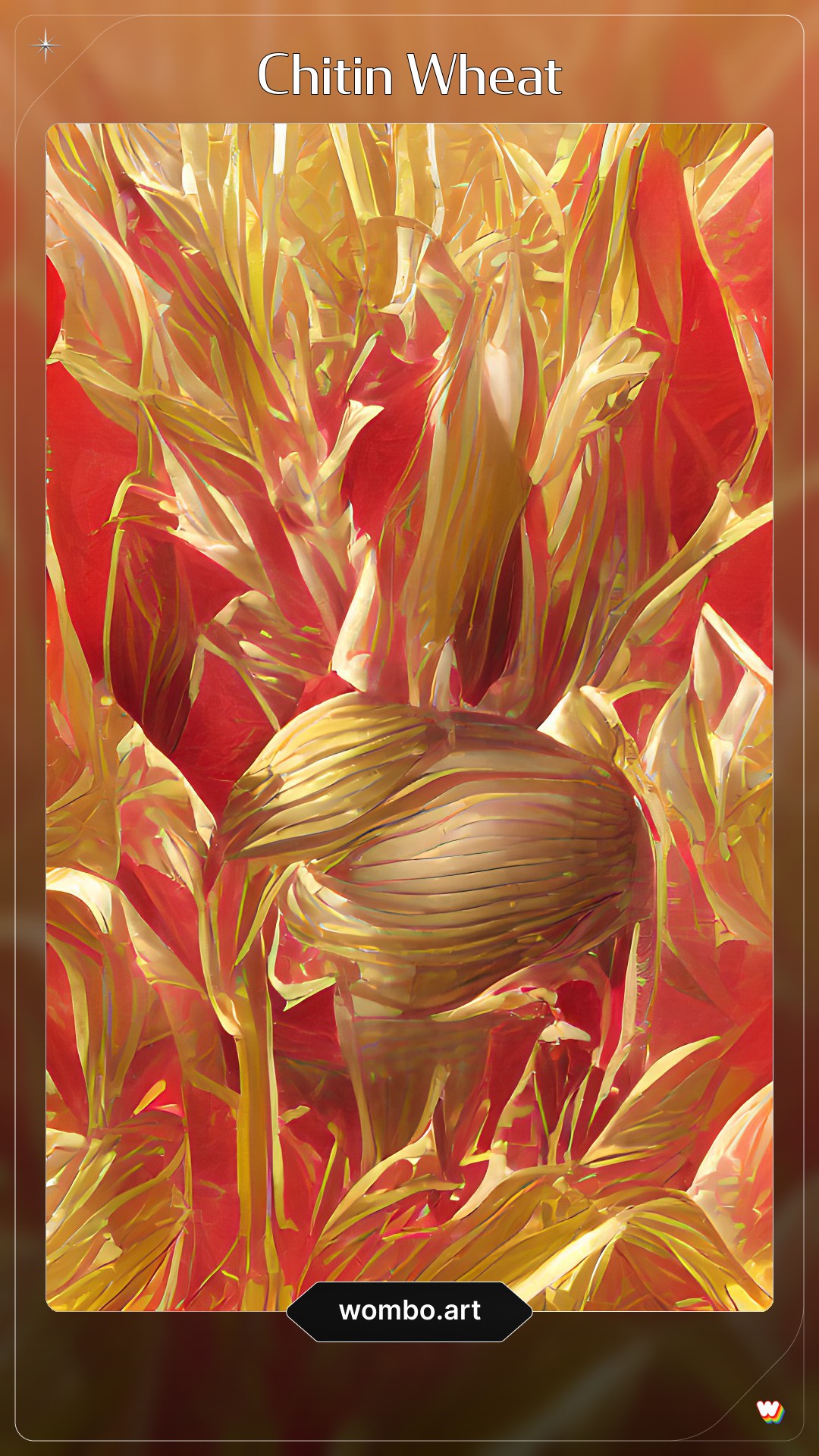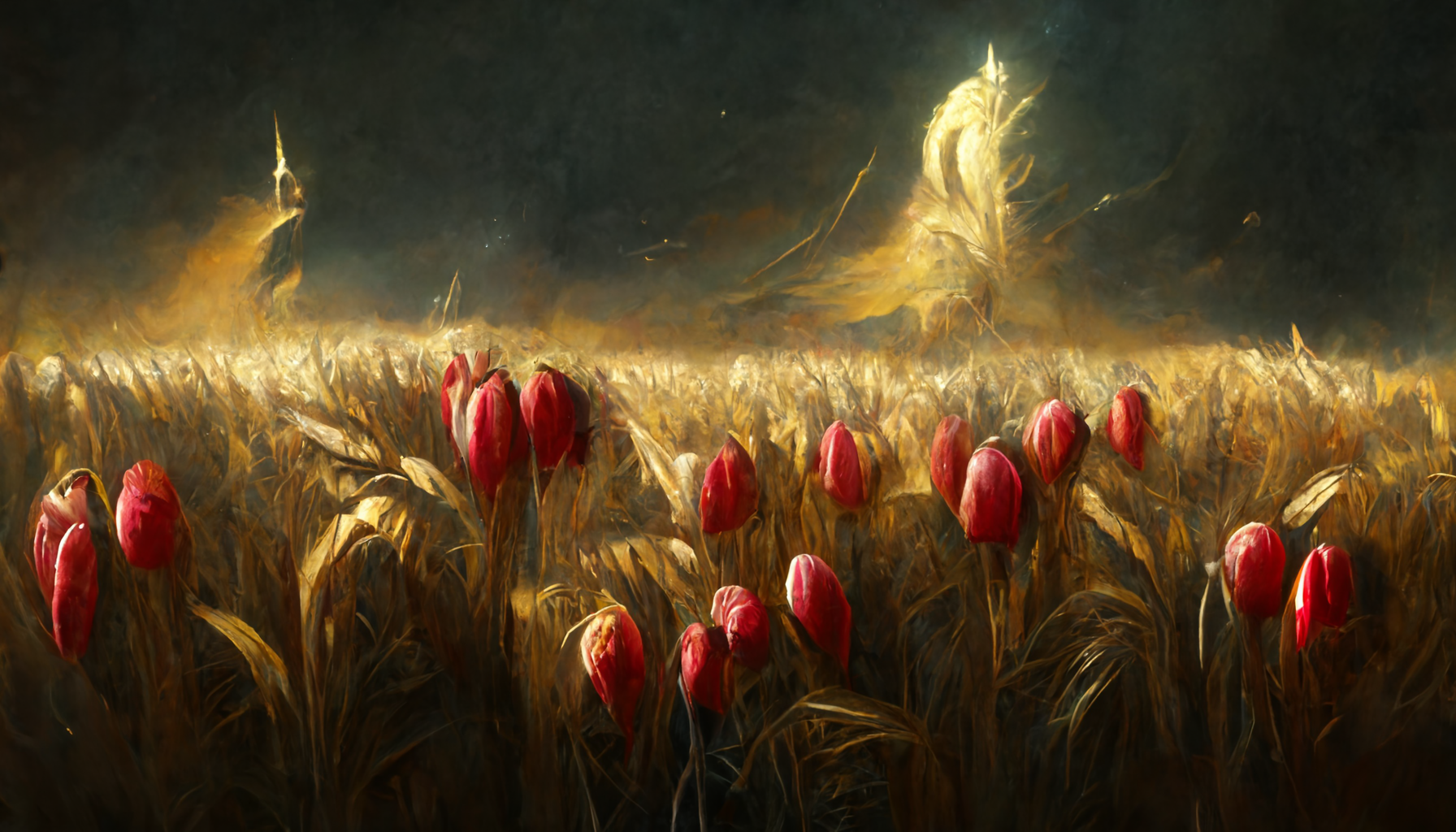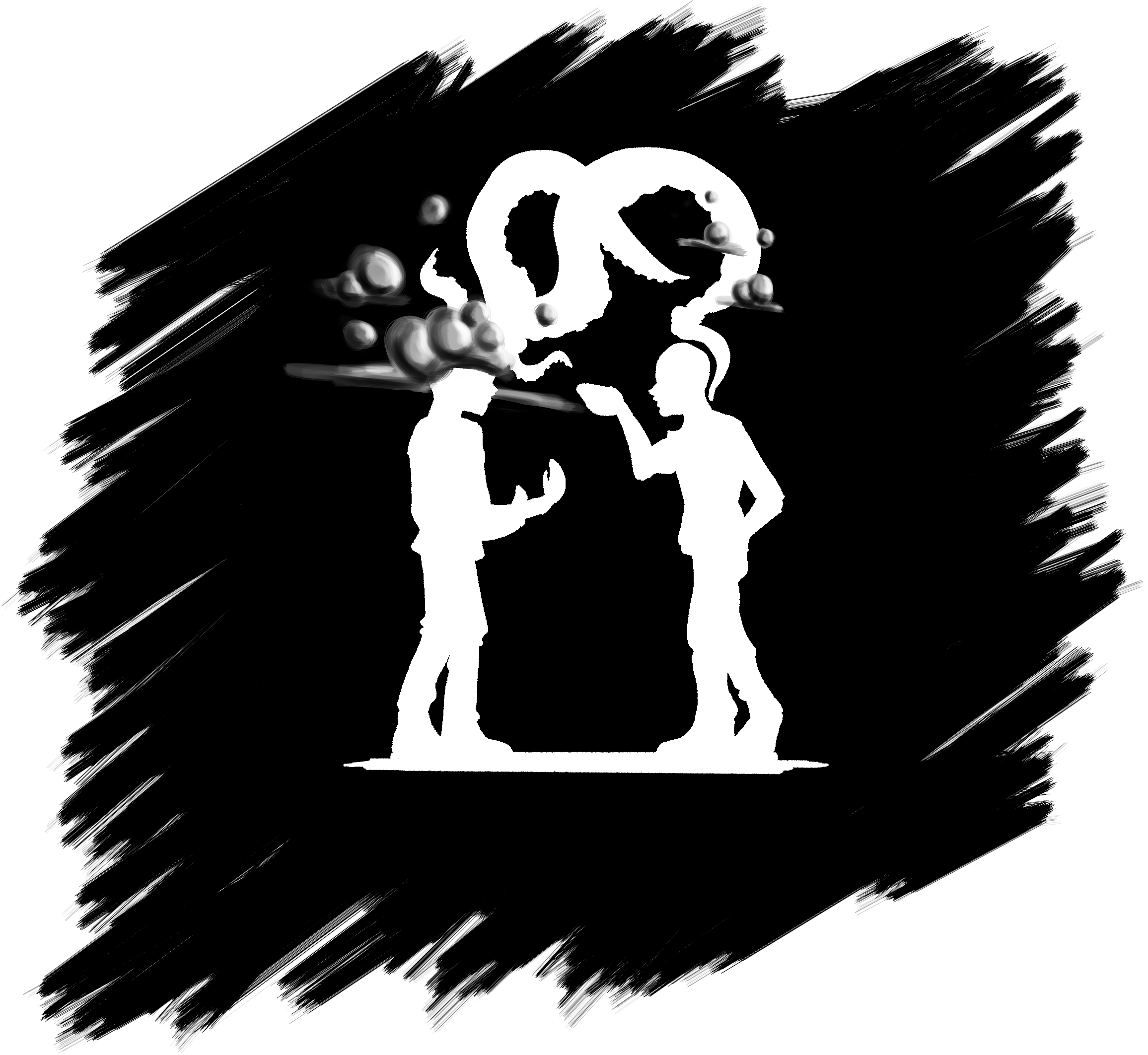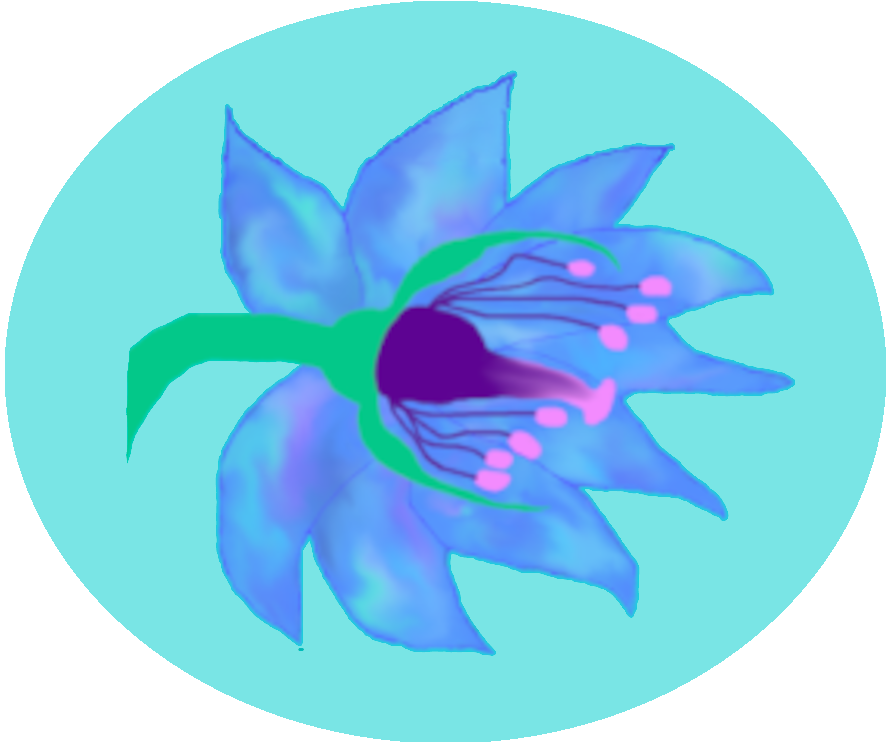Chitin Wheat
A wizard's best friend. Well... acquaintance. That you have a love/hate relationship with.
Physiology

Reproduction Cycle
Chitin wheat's reproduction cycle is unique across biology and is the key factor in its practical application. When chitin wheat consumes a bug, it injects the mush with small seeds and mana naturally drawn from its root systems and sunlight, similar to how other flowering species imbue mana into their fruit or kernels. However, unlike all other carnivorous flora and fauna, chitin wheat does not absorb the mana from its prey (in part or in whole). Critically, this preserves the mana within the cocoon, which mimics a barrier and blocks mana leakage or ingress. The cocoon, when eaten by an animal and digested by the stomach, releases the seed-paste and combines with the creature's mana with two significant results. First, the seeds are fertilized by the subject's magical energies and made ready to grow into a new stalk when returned to the soil after digestion and release by the host. Second, it causes a exo-aetheric reaction, raising the animal's mana reserves significantly. The effect is directly proportional to the mana pool of the original fauna. Thus, the cocoon can be leveraged as a source of mana restoration.Practical Usage
While the cocoon in its natural form is useful as a restorative, it is not especially potent for humanoids. Centuries ago, magical theorists and alchemists worked jointly to successfully grind chitin wheat cocoons into flour compatible in baking without losing mana content, but it remained a curiosity at best (primarily due to its 'compromising' taste). The vast majority of practitioners in this period preferred the practice of gathering excess mana from the wizard's pool in potions for future use, even though it consisted of a complex, expensive, and draining process. The critical innovation came hundreds of years later when wizards developed an operation in which a specific insect, the mana locust, is fed to a crop of chitin wheat. Mana locusts contain considerably denser mana pools than almost any other species (outside of humanoids and demonkind). Chitin wheat, by preserving the original insect's energy within its cocoon, complemented this trait perfectly. The Aemark Kingdom, along with other major powers, swiftly converted grasslands into chitin wheat plantations and established 'hatcheries' to feed the wheat annually. After a decade of planning and increasing production, the four eastern Turan nations each manages a locust and crop rotation designed to output a consistent stream of chitin bread (colloquially called 'chit-bread'). The plant occupies an important position in warfare, in which campaign strategies often involve sabotaging chit-bread supply chains.Vitacori Kerati
Origin/Ancestry
Carnivorous Flora
Geographic Distribution
Turan
Discovered By
Ulysses Senelnlaesal Xavier
Aemark Chitin Spread
Need something to spruce up your chit-bread? Too bland to enjoy? Look no further than Aemark Chitin Spread, providing you with the best topping for a wizard on the go! The strawberry isn't...bad, but nothing gets rid of that chalky aftertaste. Except maybe coffee.Edited by Shikya Enelladalcol Aeleat
Mindcepts by Ella Enelnasalcol Malric









This is super cool! I love how you have tied the ecology of your world and interwoven it with mana cycles, making the plant a begrudging necessity. Also, lowkey, I was reading the tagline below the title, 3rd sentence: Did you mean "you [have] a"? Thanks for sharing the article!
Absolutely right! Thanks for catching that. <3